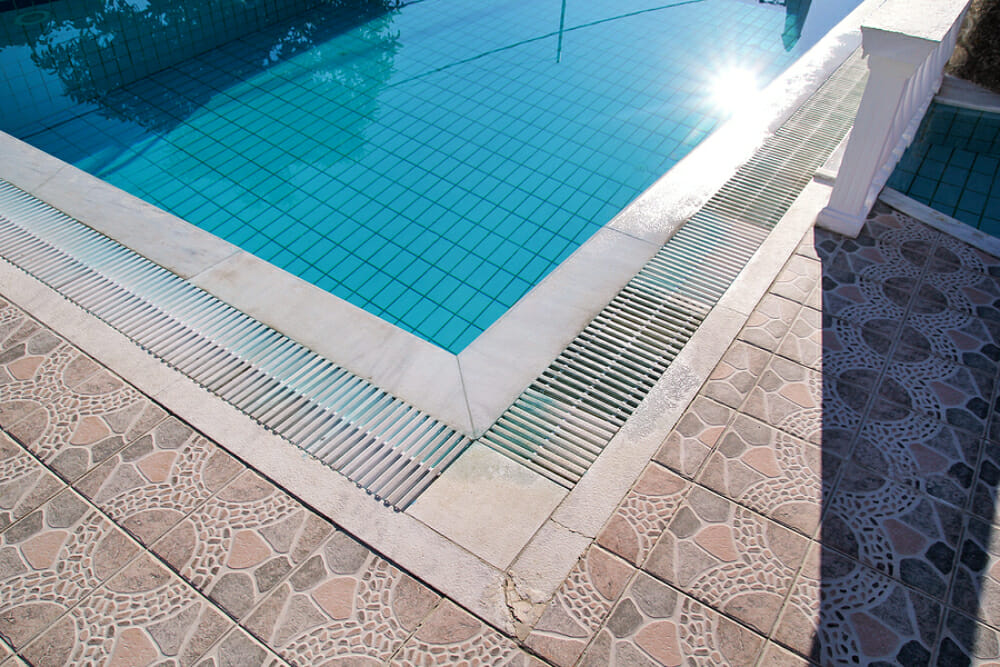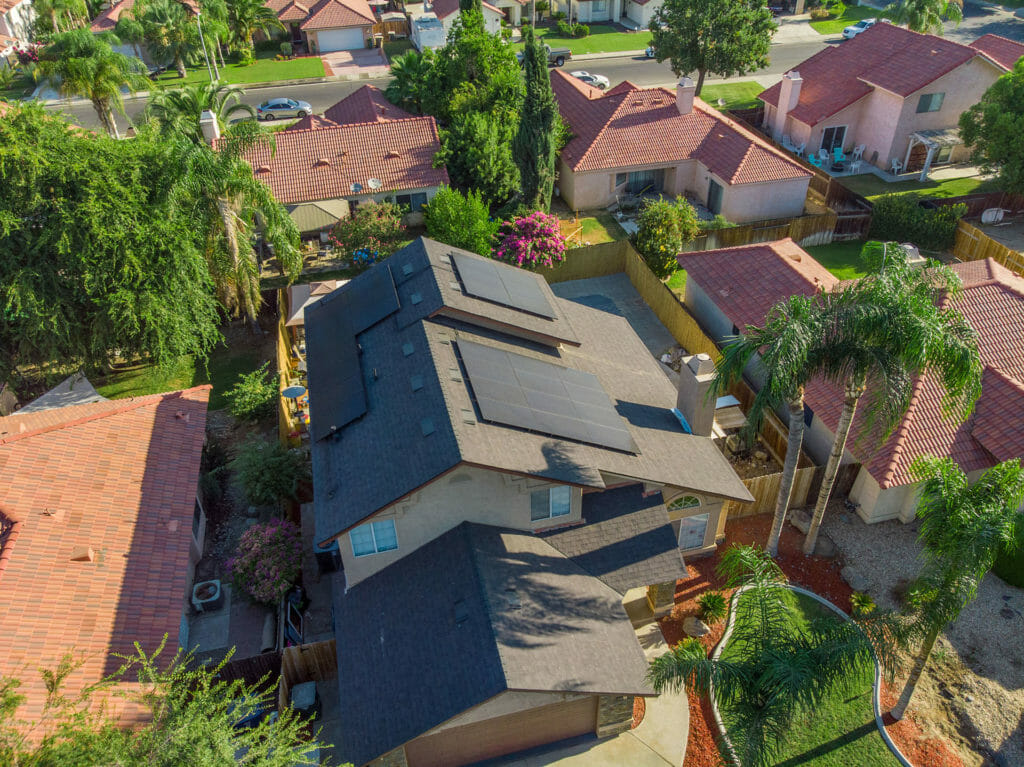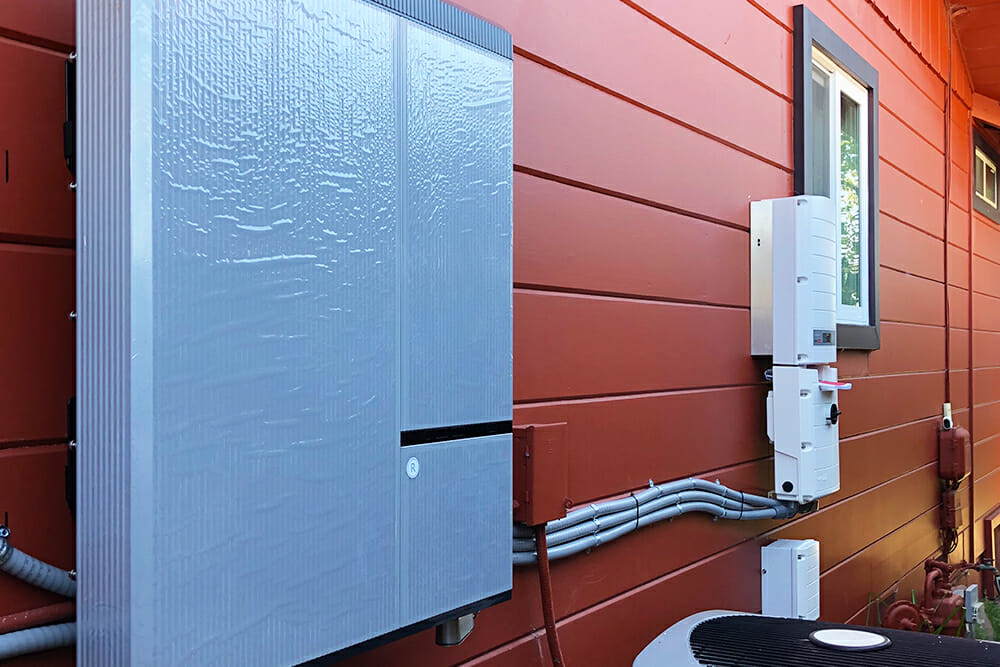In 2019, online real estate website Zillow analyzed the selling prices of homes with solar power systems versus those without. The report concludes that homes in the United States with solar power systems sell for an average of 4.1% more than homes without solar power systems. As for the actual dollar value, Zillow found that homes with solar sold for $9,250 more than homes without.
But those numbers do not tell the whole story.
Zillow noted the price premium for homes with solar varies depending on the market. In New York City, homes with solar sell for 5.4% more than homes without, which translates to a $24,000 median price premium. Compare that figure to the selling price of homes with solar in Riverside, California, and things look pretty different: homes with solar in Riverside sold for just 2.7% more than homes without solar, or a $9,930 median price boost.
Why the discrepancy? They are vastly different real estate markets and vastly different solar markets.
But let’s think about this more generally. Regardless of location, a few factors come into play when a homebuyer is looking at a home with solar, including the market rate for homes in their desired community, and the type and general quality of the solar power system. There is also the question of how effective the solar panels are: If the system is older, or the home is in an area that doesn’t receive a ton of sun, solar won’t bring as much value.
Also, different analyses have produced slightly different answers to this question.
Lawrence Berkeley National Laboratory conducted a study that found houses with solar sell for an average of 2.91% more than houses without solar.
In 2015, Lawrence Berkeley National Laboratory compared 43 pairs of homes sold in various states: Florida, Maryland, North Carolina, California, Oregon, and Pennsylvania. For the purpose of the study, the pairs of homes were carefully matched to be highly comparable in terms of size, location, and other characteristics. The only difference was that one home had solar and one home did not.
Their findings are similar to Zillow’s analysis, if not a bit more conservative. They found that homes with solar, on average, sold for 2.91% more than the identical home without solar.
If we drill down on that data a bit more, what we find is that buyers treat solar power systems as depreciating assets, much like a car. Solar panels degrade over time, losing energy production efficiency as they age. For reference, the California homes included in the study had solar panels in service for as long as 11 years. The Pennsylvania homes included in the study had solar panels in service for just 2 years.
A homeowner with an older solar system should not expect the same price bump that a homeowner with a newer system will receive.
The base price of a home with solar doesn’t figure into the final sale price.
You might think a home with solar listed at $750,000 will command a higher premium than a home with solar listed at $500,000, but the base price of the home has little to do with the price bump.
It’s more about the size of the solar system.
The $750,000 home might have a 4 kilowatt system versus a 6 kilowatt system on the $500,000 home. A buyer isn’t going to pay nearly twice as much for a smaller system just because the house itself is more expensive. And Lawrence Berkely figured this into their study—they determined price-per-watt was the most accurate way to measure the price increase of solar, not price as a percentage of the home’s sale price.
In California, the price-per-kilowatt bump came out to $4,260.
Selling a home with solar in Sacramento? Expect a 3% to 7% price bump—maybe.
There isn’t a ton of data to go on when it comes to the selling price of houses with solar in Sacramento, but one 2011 study sampled homes sold in Sacramento County between 2001 and 2011.
The researchers found:
- Houses with solar power systems that are located on streets with multiple other houses that have solar sold for 3% more than houses without solar.
- Houses with solar power systems that are not located near houses with solar sold for 7% more than houses without solar.
In other words, a home with solar in an area where that is unusual tends to be more attractive and command higher offers. But again, there are other factors at play that affect the final sale price, depreciation in particular.
A seller might look at their system and think, “I paid $20,000 for it, so let’s tack $20,000 onto the sale price so I can recoup my investment!” But that likely won’t fly with the buyers, especially if the system is a few years old. As we talked about, older systems just aren’t as efficient as new systems. And what about those rebate incentives a seller might have gotten when buying the system? A seller may have paid an upfront price of $20,000, but recouped 30% of that thanks to the Solar Investment Tax Credit. So the dollar value of the investment in the system wasn’t anywhere near $20,000.
The bottom line: if you are selling a home equipped with solar, you have to think reasonably. It’s possible that with a relatively new solar system you can get 4% or 5% more for your home compared to non solar-powered homes. But for every year your solar system ages, that price bump is probably going to slip just a little bit. Also, the larger your system, the larger your return compared to houses with smaller systems.
And don’t forget about the current real estate market where your home is located! The price bump for solar depends heavily on the housing market.
If you own a home with solar, you already know how much money it allows you to save. And as a bonus, you don’t just benefit from lower monthly energy costs. Your home is worth a bit more as well!




